Over the years, when meeting people at dinner parties, bar-b-ques, or other social events, I was often asked what I did for a living. After I replied I was a forester, most people would then ask, “what does a forester do”? This is not surprising as forestry is a relatively new profession in Australia and is not widely known.
Initially, my dry and vague response would be something like, “I scientifically manage the forest to meet the management objectives of that forest”. I then provided examples of my forestry experience.
Well, that’s not entirely true. I am ashamed to admit that early in my career in the late 1980s, when forestry was constantly attacked in the news, particularly in NSW, I spent a period lying to avoid getting into a heated debate. So instead, I would answer I was a librarian. After assessing my svelte physique (after all, it was at the height of my rugby career), I often got dubious looks. However, my ruse worked for a little while until someone asked too many questions about how the Dewey Decimal System worked!

After I went back to admitting being a forester, I used to cringe when people would then say, “you mean a park ranger?” There is nothing more insulting for a forester to be associated with a worker whose main task in the forest was to clean toilets and sweep paths (well that was what they did when I briefly worked for a parks agency in the mid-1990s, although I am certain they do more technical work these days).
Over the years, my answer would change as I shifted from pine plantations to managing native forests and learnt how to introduce the most appropriate silvicultural practices for a forest stand. My responses to the original question became more philosophical and confident as I provided an analogous link to what I did. It would start with something like, “I organise the wise use of our forest resource” to “I am a stand dynamitist – I manipulate the forest to achieve certain aims”, and finally, to my favourite, “I am an environmental detective – I read the condition and structure of the forest like a book looking for clues to understand its history and introduce the appropriate practices to sustain its future”.
But even then, those answers don’t cover the entire gamut of what a forester does. It requires a rather detailed explanation. And every forester will provide a different response to the same question.
But foresters do have something in common. We have a very long-term view simply because trees live longer than us. This is at odds when accountants are involved in forest management. Foresters and bean counters have widely different priorities. Unfortunately, the bean counters who have risen to high ranks within a forestry organisation have exerted undue and detrimental influences on proper forest management through their single focus on short term financial imperatives. Forestry requires a long-term focus beyond annual financial years. For example, carrying out a regeneration burn without using a helicopter because it costs too much money may lead to a poor burn that doesn’t produce the trees in the future the bean counter relies on to put money in the bank account.
And it is this long-term focus that makes foresters very fastidious. They may be accused of being profligate with today’s money, but it is for very sound reasons. They focus purely on leaving a forest in a more productive and sustainable state than they found. That can often mean spending money now to save it for the future.
Before I get accused of only thinking of the exploitation of timber, leaving a forest in a more productive and sustainable state isn’t just about the timber. Foresters have a range of skills that allows them to respond to many management requirements. For example, they can identify and protect the most appropriate houses for the animals that live there. Or they can make sure that there is the greatest water yield for a large dam in the catchment that supplies water daily for a city. Or they manage threats to protect the assets nearby or protect rare plants and animals. We can even calculate the carbon stock of a forest. Indeed, management of a forest is usually a combination of all of these, as well as producing commercial timber. To achieve these aims, foresters apply adaptive active management which is far superior to the benign neglect and passive management option practised today in millions of hectares of national parks that were formerly state forests, and which has led to massive wildfires across the landscape just this century.
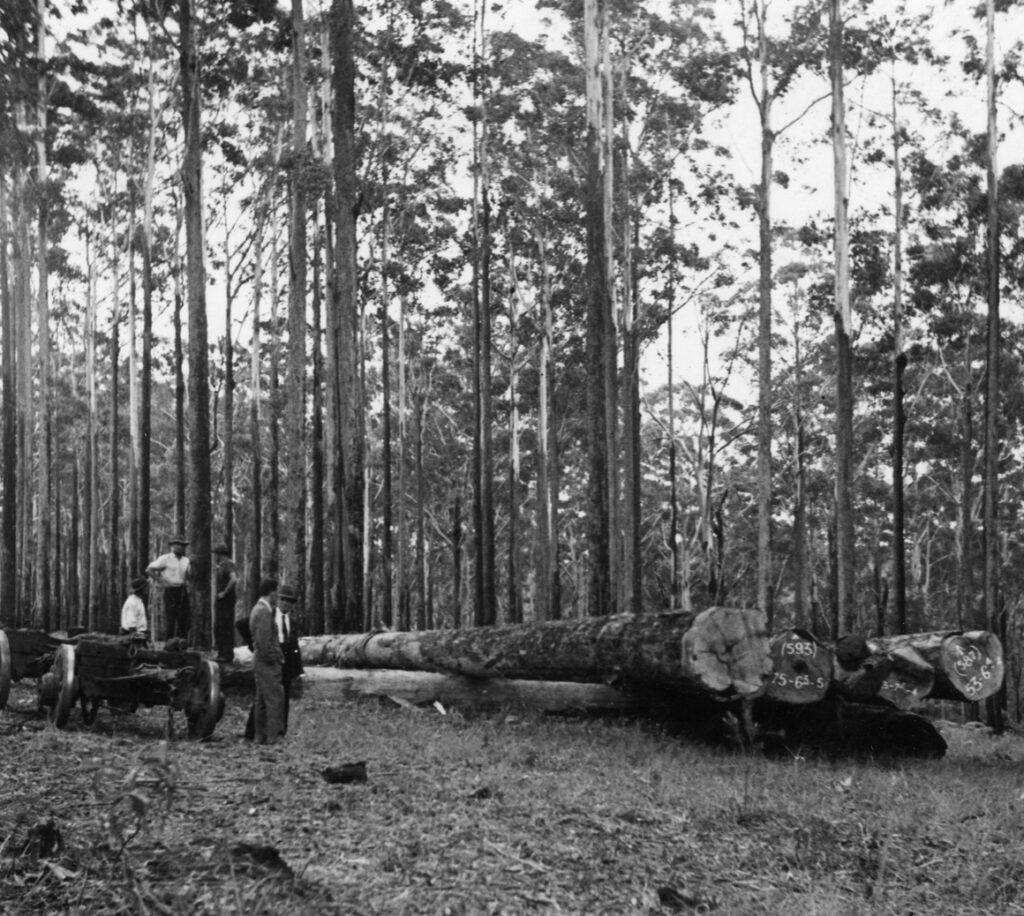
Foresters have often been accused of being insular and running a closed profession, immune to the concerns expressed by the public about how they go about things. There may be some truth to that belief, but foresters work in a unique environment. They have inherited forests nurtured by foresters two generations before them. They look to leave forests in a more productive and sustainable state than they found for generations of foresters to follow and the public to benefit. To do this, foresters practice the fine and specialised art of silviculture. Silviculture has its own rules and regulations. Its origins are intwined with the concept of human interaction and manipulation. It recognises the forest as a resilient entity, not as a fragile environment devoid of disturbance. Politicians, officious bureaucrats, the media, green academics and most of the public fail to appreciate this. And this is not written as an excuse to ignore public sentiment, but as a means to help the public understand how a forester operates and how they are in in tune with nature. They cut their teeth working in the forest and intimately know the ecological processes of that forest. They don’t take too kindly receiving gratuitous advice from armchair city experts whose “expertise” is driven by ideology not reality.
What is meant by the term silviculture? I thought these words written by a Scotsman, who worked as a forester in Queensland, aptly explains the concept of silviculture:
“An area of forest is logged to certain specifications, then it is manipulated in some way to ensure the forest regenerates and following this, treatment is carried out until the forest is again a mature loggable forest. This manipulation and treatment is called silviculture and the science and art of silviculture has been studied and practised by foresters for about four hundred years. It is based on how forests grow naturally but adapted by foresters to allow man to benefit from the growth of the forest. Greenies cannot believe that such a science could exist and hence their antagonism towards anything done in the forest by men“.
While the history of forestry and silviculture covers a very long period, the forests in Australia are much different to the forests elsewhere in the world. After the broad European principles of silviculture were initially used in Australia, there were practices that needed new research and time to help a forester better understand the unique ecological requirements of Australian forests.
But rather than trying to conjure some more magical words to explain what a forester does, I thought I would provide a concise history of the development of professional forestry in Australia from scratch to highlight the necessary skills required to manage forests. I focus on the early years to the end of WWII for part one, mainly drawing forestry history from New South Wales.
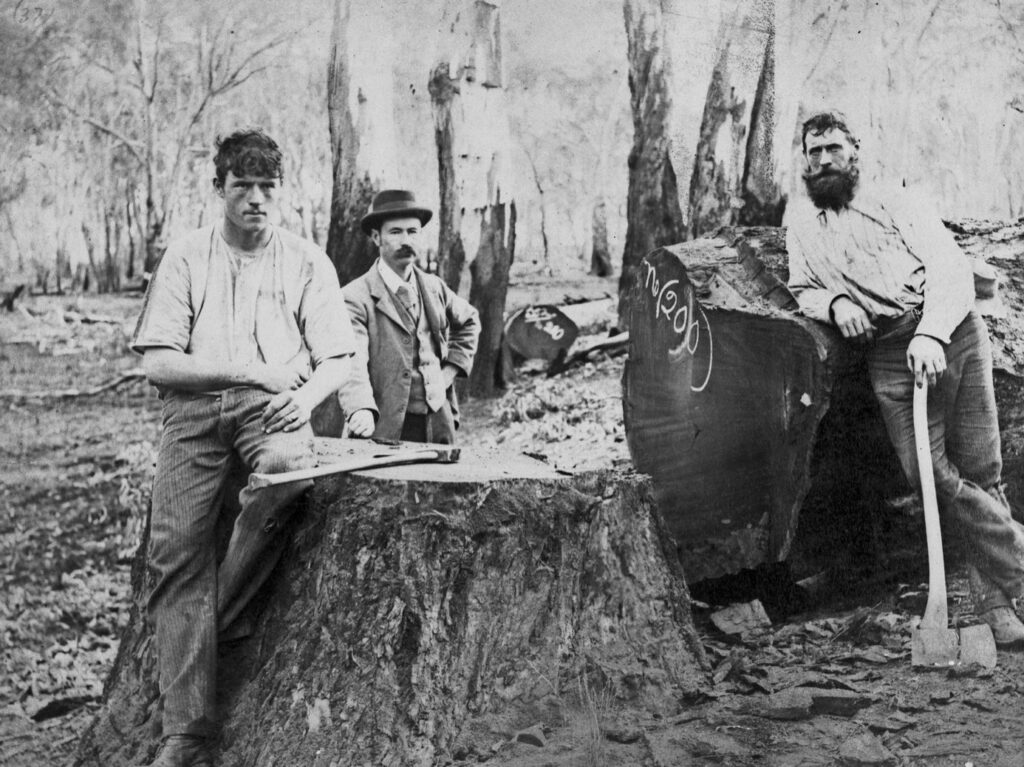
Before foresters came along, sawmillers had the freedom to cut what they liked, where they wanted and paid a negligible amount for the timber. There was no consideration given to regenerating areas to ensure there were commercial trees in the future. Forests were negligently exploited like this for nearly a hundred years. Essentially the forest was high graded by cutters removing only large, straight and relatively defect-free boles and leaving behind trees with numerous defects. The other competing interest was alienating crown land and clearing for agriculture. There were some concerns that no land would remain for the permanent production of timber. Timber Reserves and then state forests were eventually gazetted through the perseverance of foresters. Unfortunately, there was still little control over the taking of wood as there were simply very few workers to ensure timber cutting was regulated.
In 1907, a Royal Commission in New South Wales looked at the adequacy and value of existing forest reservations, forest regulation effectiveness, and the administration and provision of forest science.
State governments sowed the seeds of a new forest management paradigm by introducing the first foresters trained in Europe. These new foresters brought the “classic” tradition of order from forests that had been managed for centuries. The first task was to survey the forests to estimate the timber resources. But there were no maps, and no one had a clue about the amount and type of timber in the forest.
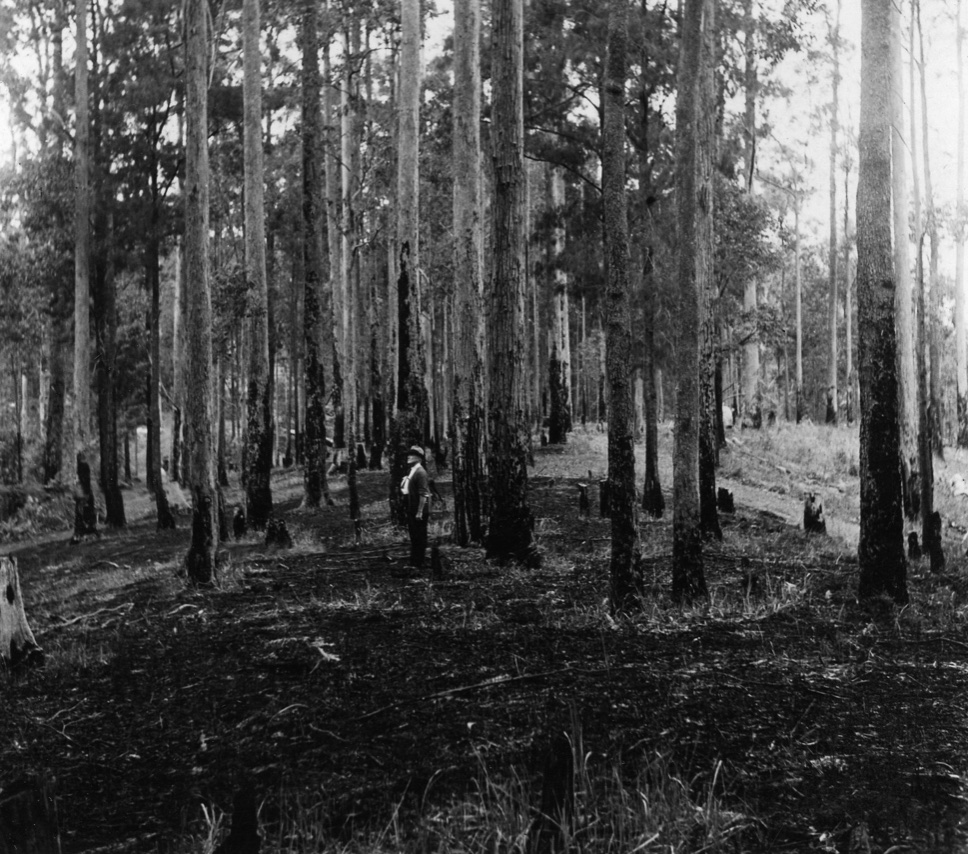
Surveying and assessing the forests was a big priority after new legislation in each state set up forest management agencies that were separate from the shackles of the Lands and Agriculture Departments that gave a low priority to reserving timbered areas. Work was slow with limited resources but ramped up after World War II. It had to. There was an unprecedented demand for timber following the war.
A practical forest assessment method was devised in New South Wales. Foresters rode their horse and camped in the forest, carrying a prismatic compass, a five-chain steel tape, an Abney level and a two-chain trailer tape for survey work. Without any topographic maps, they would measure strip lines plotted on the map ten chains apart and, as they walked in the bush with a level, would sketch in contours by eye and join them together on the map along with features such as creeks. A couple of the foresters in the gang focussed on timber estimates for various products as they walked on either side of the strip. While these first maps were rough due to the visual estimation, it allowed young foresters to learn their craft and they got to know the forest they managed very well.

Timber yields were calculated and foresters introduced a determined annual permissible cut following the timber assessments. In addition, they introduced strict rules based on sound silvicultural principles to try and sustainably harvest the hardwood needed to meet the massive quantities of timber required for World War II and the construction industry during the post-war boom.
Harvesting was controlled by marking individual trees in allocated areas. It was not acceptable to foresters to always harvest the best trees and leave the forest progressively degraded. They also aimed to limit the damage to younger trees. Depending on the condition of the forest stand, the trees with the best potential were marked to be left standing.
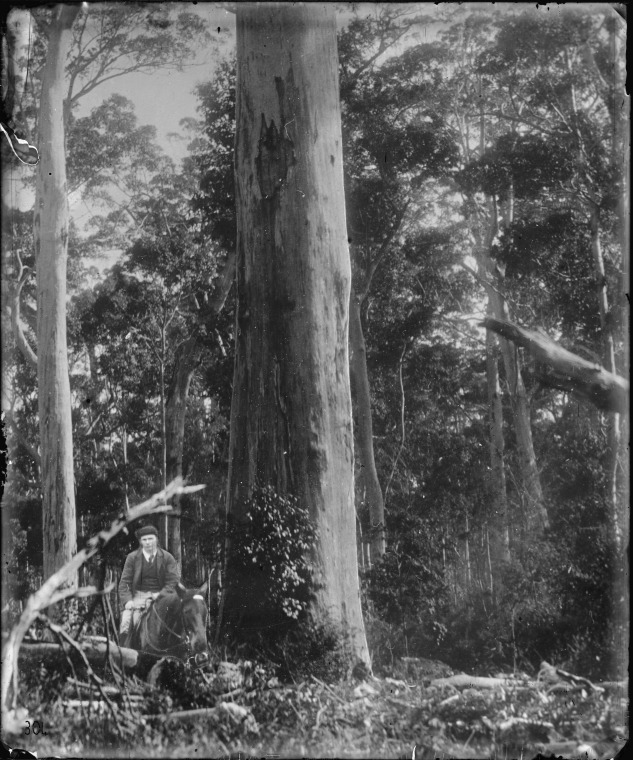
The bush doesn’t grow all the best logs together. Usually, there was a good log growing with five or six not so good logs. Sawmillers now had to accept not so good with good logs, and foresters did this through a “carrot and stick” approach. The “carrot” was a much-reduced royalty for defective logs. The “stick” was tree marking to make cutters fall doubtful trees, with a reject felling allowance to compensate for falling “duffers”. In simple terms, foresters wanted to remove the older trees to allow space for the young ones to grow and provide a crop for the future.
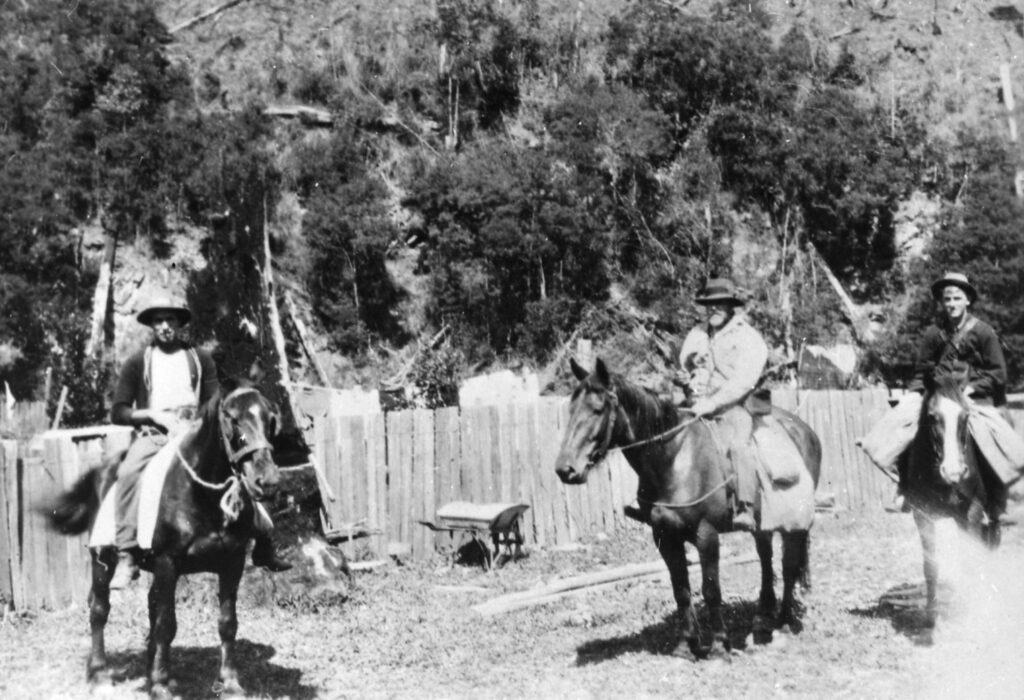
Roads were built to allow easy access, and there was an emphasis on making sure trees grew back by adopting the most appropriate silvicultural practices and regenerating cut-over areas. Working plans were prepared based on the timber assessments. The European model was about an ordered progression of age classes in the forest. However, past wildfires and indiscriminate logging by sawmillers had led to a varied distribution of timber size classes in Australian forests. New South Wales and Victoria had terrible wildfires in 1916, 1926, 1939, and 1944. An essential feature that was introduced was a new form of silvicultural treatment. This involved “timber stand improvement”, where stands containing over-mature and damaged trees were ringbarked or cut down to provide plenty of sunlight for regeneration. Thinning of regrowth stands was also adopted.
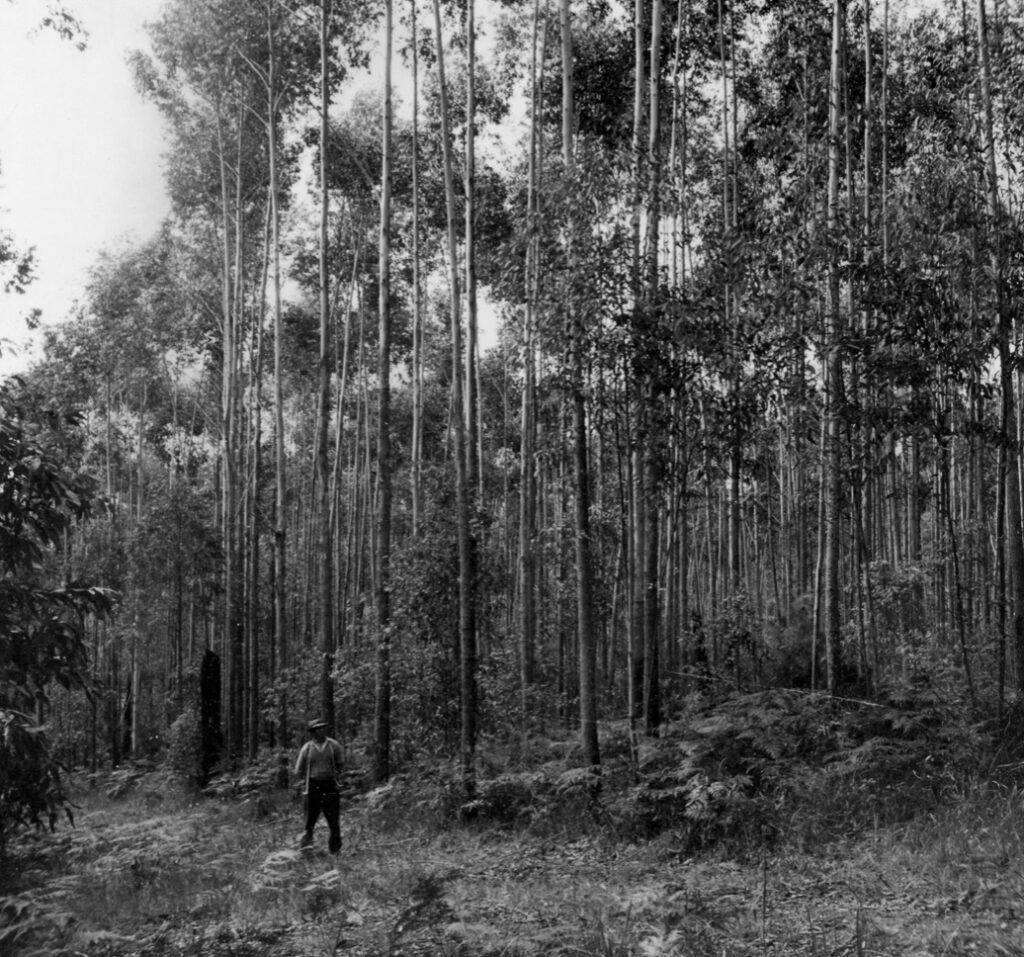
Progressively, foresters managed to improve the aesthetics and condition of the forests while also ensuring the continued supply of timber. During WWII and beyond, there was an extraordinary demand for timber products, and foresters were called upon to meet those demands.
Part two of this story will detail how that was achieved via further sophisticated developments in forest management.
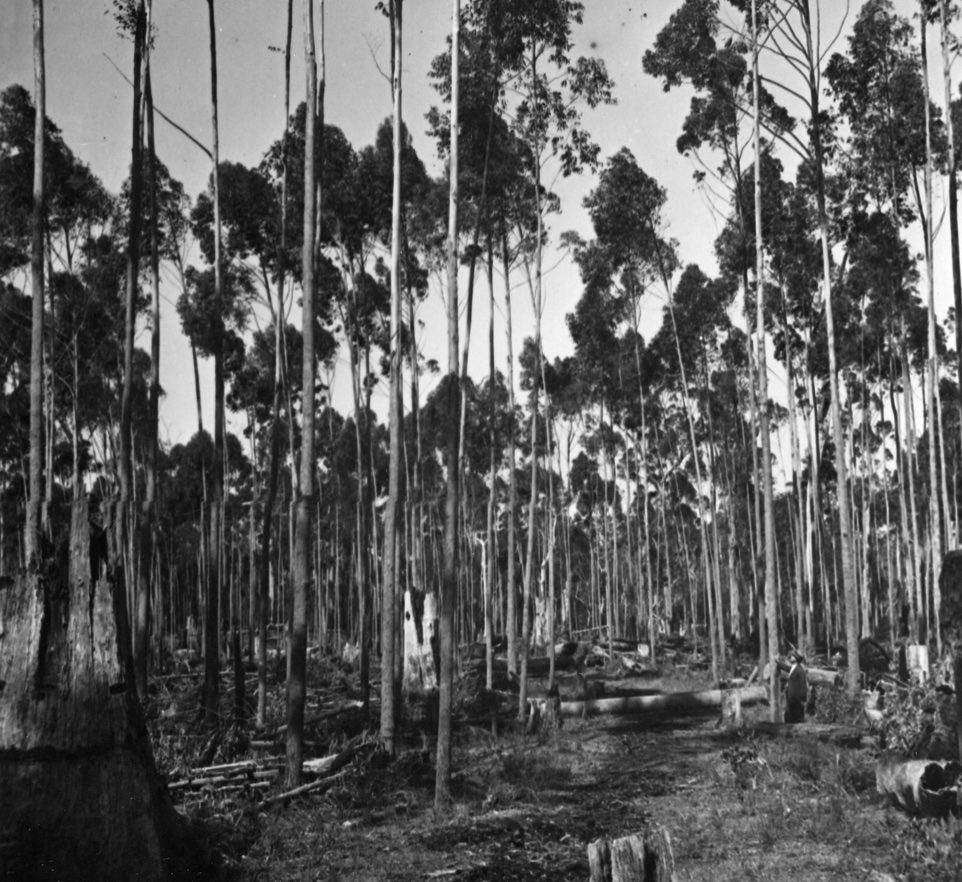
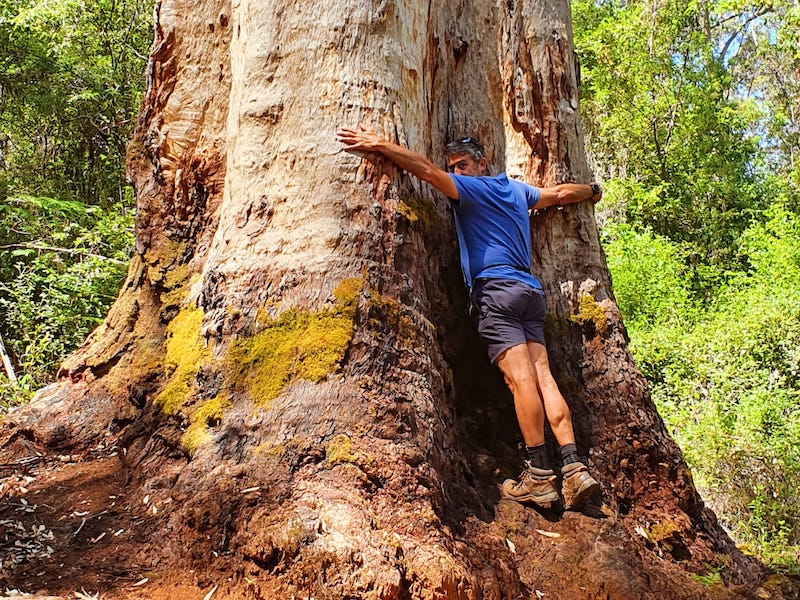
Great history Robert of an adaptive learning process. The resulting Australian forest management has succeeded too well it seems as these areas have since been made most desirable national parks.
Great article Robert.
In QLD the day to day application of silvicultural management was very much the brief of Forest Rangers whose practical skills and knowledge were key to successful outcomes. I am talking the latter part of 20th century.
I well remember the “dud allowance” when I was measuring. My Forester in charge (one “Gubby” O’Brien) maintained that the tree-marking wasn’t up to scratch if the dud percentage was less than 30%.
A critical part of the management was the application of controlled burning to manage the fuel loads and the forest structure. Large scale planned burning was practised in the dry sclerophyll forests and cypress stands.
The other part of “carrot and stick” method in QLD was the offer of “Optional” logs that millers could purchase for minimal royalty. I of course refer to the days of selling at stump. This process (at stump) allowed the ranger to gauge the specific details of the stand and make adjustments when tree marking to avoid burdening the cutter with too many dud trees.
A good cutter would draw your attention to the changing conditions (and many other of concerns??) and not so obvious faults. It was my observation that an experienced cutter was as much concerned about good practice as the Ranger and Forester.
The Ranger would locate logging roads and snig tracks in consultation with the logging contractor to ensure management outcomes and logging efficiencies were complimentary.
Everyone involved in the at stump process had a very organic understanding of the overall “Silvicultural” management.
While the Foresters may well have been the drovers, the Forest Rangers, buyers, cutters and logging contractors were the cattle dogs ensuring no deviation from the drive..
Rob: It is surely time that somebody wrote a book to document the negative impact on society of accountants in positions of power. Accountants are practiced at counting what has happened – the ‘what’s in the hand’ approach – but the value of something that might happen tomorrow is discounted to zero.
I worked in several countries and I observed that as soon as any organisation installed an accountant as CEO, that firm began travelling towards its demise.
I was the Harvesting and Marketing overseer at Goondiwindi Qld from 1970 to 1978. Goondiwindi is [or certainly was, ed] the centre of an extensive network of Cypress Pine/hardwood forests in State Forests, Timber reserves and Leasehold Crown land.
My job was to select Cypress trees for logging by marking all millable trees over 36cm DBH and then thin the remaining trees according to size classes,i n order to maintain an even spread of all size classes so that timber production would continue in an even flow in perpetuity.
Following logging, most State forests were then Silviculturally treated by ringbarking and poisoning to remove useless crooked or damaged Cypress as well as useless hardwood trees and unwanted species.
At that time, all large unmerchantable hardwood trees were deliberately killed; but as time went on it became apparent that this removal of all hollow nesting trees was detrimental to the long-term survival of native birds and animals; and the rules were modified to retain 3 large trees per hectare.
Another factor that became apparent was that the removal of unmillable merchantable and unwanted undesirable species of trees was narrowing the genetic diversity of the forest and could lead to inbreeding. This again led to changes in the rules of treatment and gave conservationists ammunition to persuade the government to convert state forests into National Parks.
I also crowned the logs to Kelly`s sawmill at Yelarbon, and the much larger sawmill at Goondiwindi.
When I was crowning logs for Kelly`s sawmill at Yelarbon, I was disgusted to find that if a log had a pipe, their practice was to continue to butt, as allowed by the Forestry rules, until the hollow was <2cm diameter, regardless of the diameter of the butt end of the log.
Docking was done in 1 metre sections and sometimes resulted in there being less than a 2.4 metre merchantable section remaining; consequently, the whole log was a dud and wasted.
By contrast, I explained to the manager of the Goondiwindi sawmill, Frank Binnie, that if a log was ocularly (but not physically) butted, the sawmill received the whole log but did not have to pay for the attached ocularly butted section. Where the pipe was greater than 1/3rd of the butt diameter, a section was ocularly cut off to where the pipe was deemed to be less than 1/3rd the diameter. In large logs of >36cm DBH, where this was done, the sawmill often received a 2.4 metre section from the large butt end of the log for free, in which the pipe section may often have been between 75 – 100mm dia.; but the good wood either side of the pipe was also thicker than 100mm, and being in the butt end, was of much higher quality than the same amount of wood in a smaller 22cm DBH tree.
Sawmills that allowed ocular butting received perhaps 10 -15% more timber of higher quality and longer lengths, all for free, than sawmills that insisted in physically proofing the docking.
This is but one example of the power that the sawmills had over the Forestry Dept who would have to front the local National party politician if they dared to call out the waste.